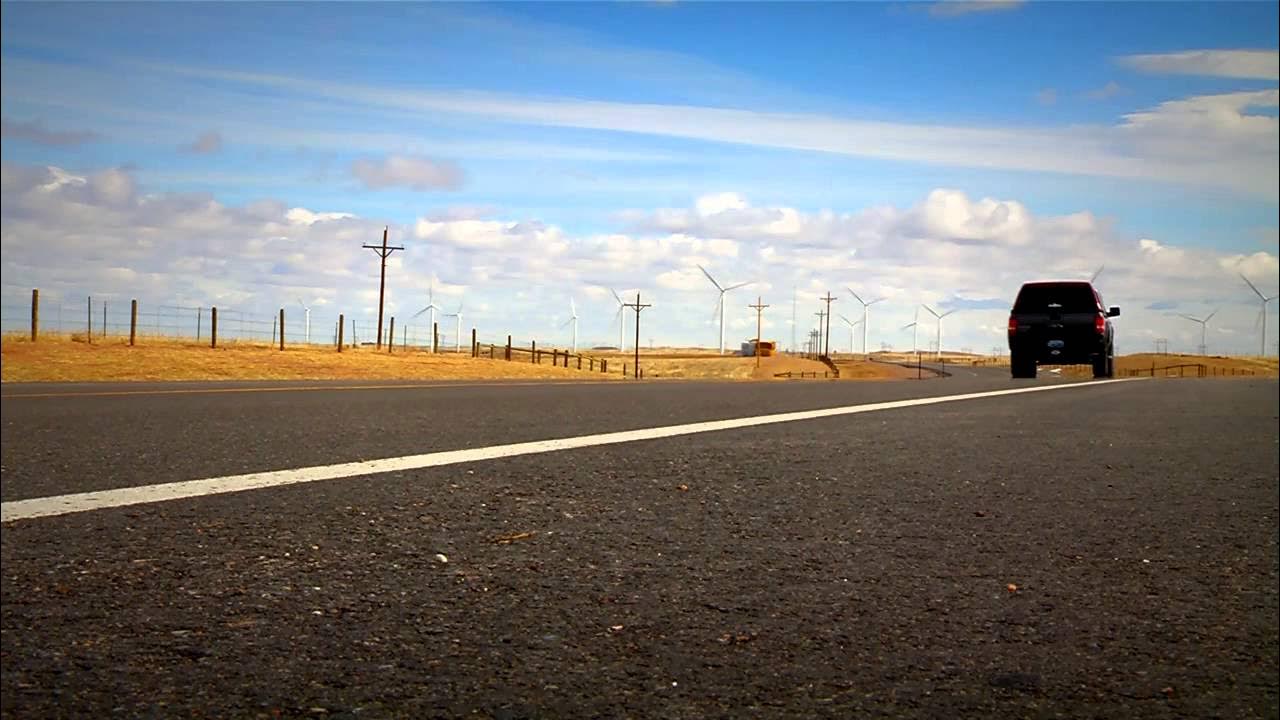How Wind Turbines Generate Electricity YouTube 360p
Summary
TLDRThis video explains how wind turbines generate electricity. It details the function of the nacelle, propeller-like blades, and rotor in converting wind energy into mechanical energy. A generator inside the nacelle converts this into electrical energy through the movement of a magnetic rotor inside copper wire. The generated electricity is then stepped up in voltage by transformers and travels through cables to a substation, where it's further amplified before reaching the electrical grid. This process highlights how wind turbines transform wind energy into power for communities.
Takeaways
- 😀 The nacelle, located on top of each wind turbine, houses several key components.
- 😀 Three propeller-like blades are attached to the nacelle, which connect to the rotor.
- 😀 The anemometer on the nacelle measures wind speed and direction.
- 😀 The wind direction rotates the nacelle to face into the wind.
- 😀 Kinetic energy from the wind turns the turbine blades, generating mechanical energy.
- 😀 The rotor connects to the main shaft inside the generator housing.
- 😀 Inside the generator housing, a magnetic rotor spins inside copper wire loops, creating electrical energy.
- 😀 A step-up transformer inside the nacelle increases electrical generation from 690V to 3400V.
- 😀 The generated electricity travels through large cables from the nacelle down the tower and into underground cables.
- 😀 Underground cables transfer the electricity to a substation for further processing.
- 😀 A second step-up transformer at the substation increases the electrical output before it reaches the electrical grid.
Q & A
What is a nacelle in a wind turbine?
-The nacelle is a box located on top of each wind turbine, housing essential components like the rotor, anemometer, and generator.
What are the components attached to the nacelle?
-The nacelle is attached to three propeller-like blades that connect to a rotor, along with an anemometer to measure wind speed and direction.
How does the wind direction affect the operation of a wind turbine?
-The wind direction causes the nacelle to rotate, aligning it to face into the wind, which helps optimize the turbine’s efficiency in capturing wind energy.
What is the energy conversion process in a wind turbine?
-Wind energy (kinetic energy) turns the turbine blades, creating mechanical energy, which is then converted into electrical energy by the generator.
How does the rotor contribute to the generation of electricity in a wind turbine?
-The rotor, connected to the turbine blades, spins and connects to the main shaft, which turns inside the generator housing to create mechanical energy that is converted into electricity.
What role does the anemometer play in a wind turbine?
-The anemometer measures wind speed and direction, providing essential data that helps orient the nacelle to face the wind.
How does the electrical energy produced by a wind turbine get to the electrical grid?
-The electrical energy generated by the turbine is first passed through a step-up transformer in the nacelle to increase its voltage, then travels through cables to a substation, where it is further increased and connected to the electrical grid.
What is the purpose of a step-up transformer in the wind turbine system?
-The step-up transformer increases the electrical voltage generated by the turbine from 690 volts to 3400 volts, allowing it to be transmitted over long distances efficiently.
What happens to the electricity at the substation?
-At the substation, a step-up transformer increases the electrical output again, making it suitable for transmission through the electrical grid to serve communities.
How does the electrical energy travel from the wind turbine to the community?
-Electricity generated by the wind turbines is transmitted through large cables to a substation, where it is further increased in voltage and sent through transmission lines to the electrical grid that serves communities.
Outlines

This section is available to paid users only. Please upgrade to access this part.
Upgrade NowMindmap

This section is available to paid users only. Please upgrade to access this part.
Upgrade NowKeywords

This section is available to paid users only. Please upgrade to access this part.
Upgrade NowHighlights

This section is available to paid users only. Please upgrade to access this part.
Upgrade NowTranscripts

This section is available to paid users only. Please upgrade to access this part.
Upgrade NowBrowse More Related Video
5.0 / 5 (0 votes)





